Before the Volkswagen Polo Was Auto Polo (Don't Try This At Home, Kids)

People do strange, dangerous things to entertain themselves and others. Real lawn darts were once sold as children’s toys. Almost as soon as automobiles became somewhat practical, people were figuring out dangerous and fun things to do with them.
The earliest automobiles were typically rich folks’ novelties, which may explain why, in 1902, Joshua Crane, Jr., a polo enthusiast active with the Dedham Polo Club of Boston, decided to put on an exhibition polo match wherein Mobile Runabouts replaced horses.
That it might not have been the safest endeavor can be seen from a surviving photograph of the match catching one of the drivers/mallet men doing a header into the ground, about to be run over by his own steed.
Just exactly how dangerous it was is hard to tell. Wikipedia explains the risk of injury to both competitors and spectators eventually put an end to the practice in the late 1920s, but a contemporary account says that deaths were rare. It’s clear that some of the danger might have been exaggerated by staged photographs, but broken bones were apparently not uncommon. In some photos, it seems that competitors wore leather football helmets, showing there was at least some concern about safety — some.
Though Mr. Crane put on the first auto polo match, it was a Topeka, Kansas Ford dealer who turned it into an organized sport.
Ralph “Pappy” Hankinson saw polo with cars as a way of promoting the sale of the Model T. The first match Hankinson organized took place in an alfalfa field near Wichita on July 20, 1912, with four cars, eight players, and a reported crowd of 5,000 spectators. Each car carried a seat-belted driver and a free-standing mallet man who had to hang on — often unsuccessfully. The ball was the size of a basketball (some accounts say it was, in fact, a basketball), and after learning something about physics and inertia, weights were added to the mallets so they didn’t “backfire” when striking the balls. Stripped-down Model Ts were fitted with crude roll bars to protect the driver and the cars’ radiators. Speeds were not high, never more than 45 mph, but high enough for mayhem.
If you think about some of the stuff people look at on the internet and that auto polo was invented before the radio, let alone television, it shouldn’t be a surprise that Hankinson’s idea quickly caught on. Under the Auto Polo Association, local leagues were founded across the United States and a large exhibition of the sport was staged in Washington, D.C.’s League Stadium in November 1912.
Hankinson sent exhibition teams to England, Europe, and even the Philipines to promote the sport. In 1913, auto polo became the first motorsport to be featured at the Canadian National Exhibition. Britain’s The Auto magazine was impressed but described it as a “lunatic game” that they hoped would not catch on in the UK.
By the 1920s, New York City and Chicago were hosting daily auto polo matches, with some of the games playing at NYC’s famous Madison Square Garden.
Many car racing fans today disavow their interest in crashes, but that was genuinely part of the appeal of auto polo. By the end of the matches, the cars were either severely damaged or completely demolished. Hankinson’s own accounting of damages to the cars used by his British and American auto polo teams in 1924 lists 1,564 broken wheels (most cars then used wooden spoked “artillery” wheels), 538 unusable tires, 66 broken axles, 10 cracked engines and 6 completely destroyed cars.
While injuries to competitors were frequent, and even spectators were not infrequently hurt by balls flying into the stands or runaway cars, it appears that economics, not concerns about safety, put an end to auto polo.
According to the book Bain’s New York: The City in News Pictures 1900-1925, as the 1920s wore on, the cost of fixing and replacing the cars became too costly. By then, organized car racing was well established. If that wasn’t dangerous enough, there were board-track motordromes and walls of death. So as dangerous as auto polo must have been, it might have seemed a bit quaint during the Roaring Twenties.
In any case, auto polo was a real thing — loony, but real. There are a fair number of archival photographs and even a 1915 film from an auto polo match held in Bob Dylan’s (and Kevin McHale’s, Roger Maris’ and Geno from Geno’s Pizza’s) hometown, Hibbing, Minnesota. You can try to identify which photos were staged. You can see the wooden struts they used to keep the cars akimbo in some photos or where they were retouched to scratch out the props.
[Images: Collier’s, International News Service, Bain’s New York, Wikimedia Commons]

Ronnie Schreiber edits Cars In Depth, the original 3D car site.
More by Ronnie Schreiber
Latest Car Reviews
Read moreLatest Product Reviews
Read moreRecent Comments
- Carson D They'd have kept it going, but the head bolts had worn out from overuse.
- ToolGuy Superb writeup. Thank you for sharing your experience and insights on your 2004 Outback -- this is the best take on Subaru ownership that I've seen.
- Scott I'm afraid of Clickbait, as it's so annoying..(And don't ask me about autonomous car clickbait)
- ToolGuy Nice writeup. Good photography.
- Detlump I almost bought a dark red one of these when I was cross-shopping Volvo wagons. I didn't like the frameless glass of the doors but it was a close call. I wanted a wagon for my hockey gear and also carrying parts as I was an engineer at the time. SUVs weren't a thing at that point and I wanted an enclosed, secure cargo area.I ended up going with a 95 850 wagon and it has served me well. The only time it left me stranded (temporarily) was when the coil wire popped off. I also got a flat tire, but I can't blame the Volvo for that. BTW, I still have the 950 with 263,000 miles - just changed the timing belt too - I have that process down to about an hour by now!



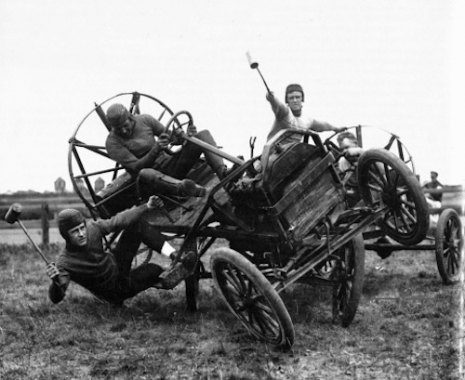






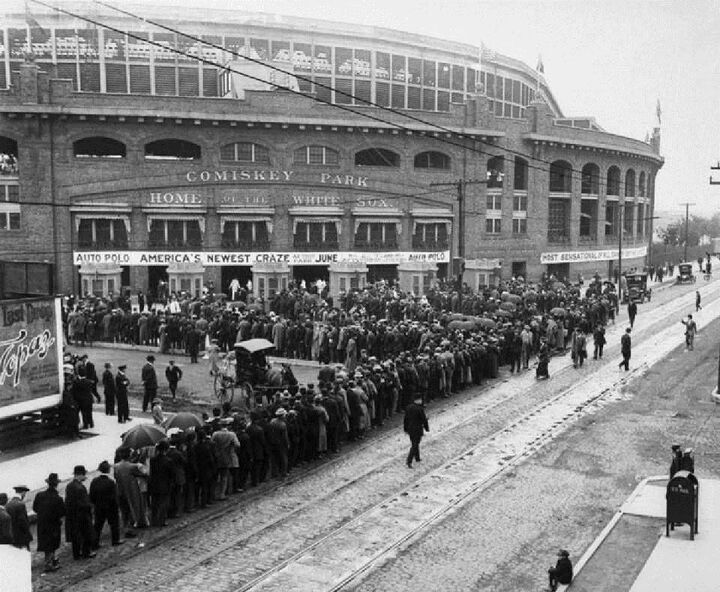

































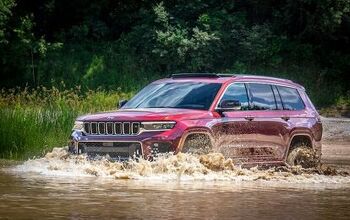
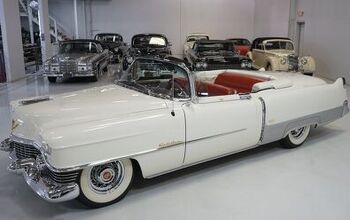

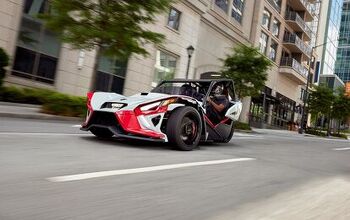


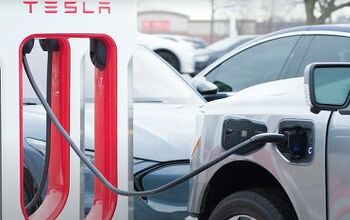
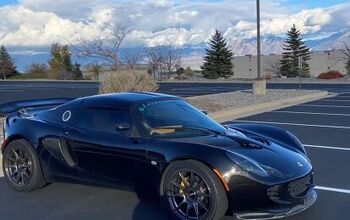
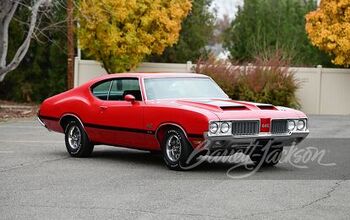
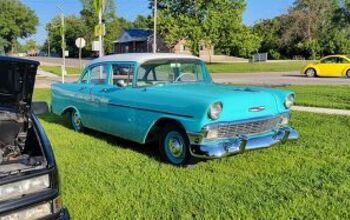
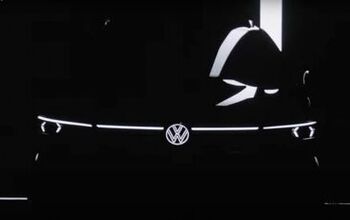

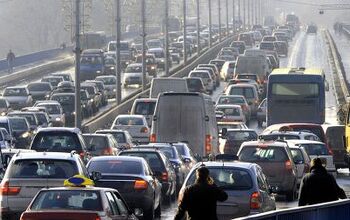

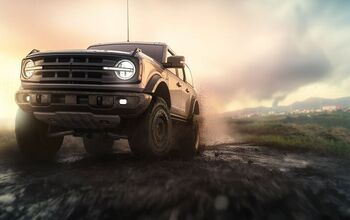
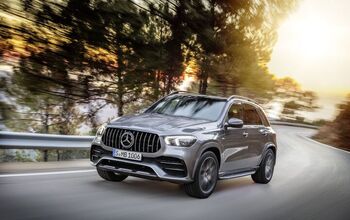

Comments
Join the conversation
We used to play soccer on motorcycles back in the 70s and 80s.
Ronnie, if you're going to keep writing lines like "after learning something about physics and inertia, weights were added to the mallets so they didn’t “backfire” when striking the balls" I'm going to have to stop reading this in public places. I dropped my phone strangling on a stifled laugh. This has to come back. I'd PPV the old TopGear crew eating dirt at this...